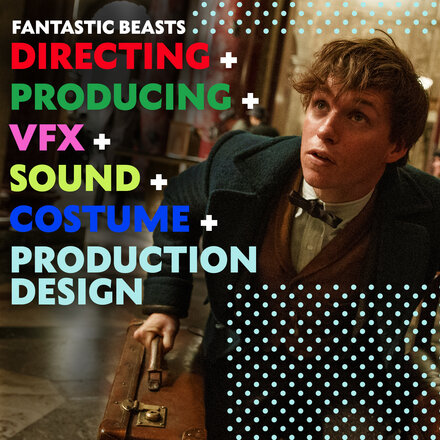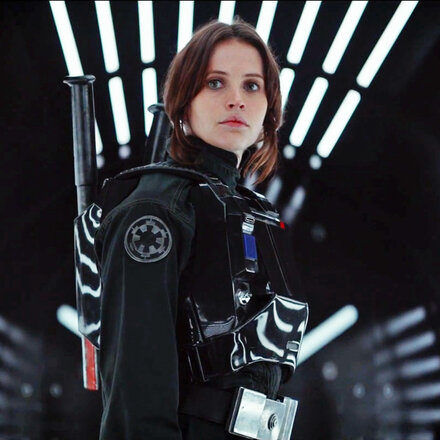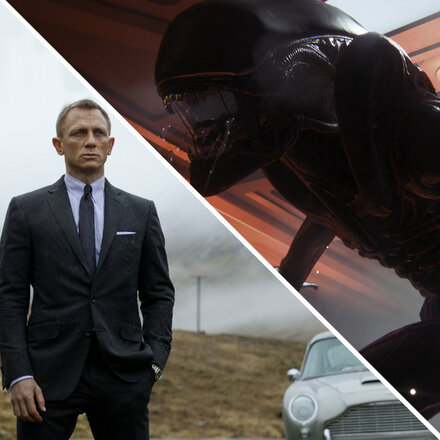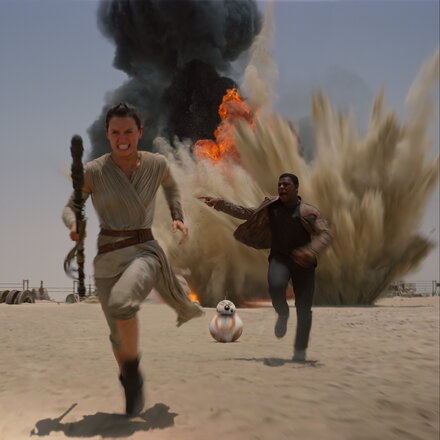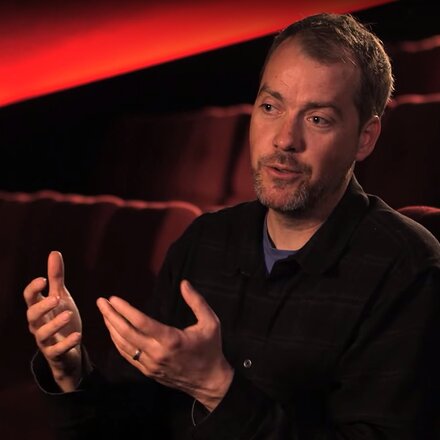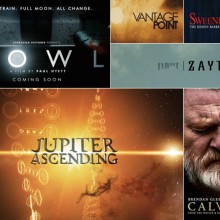Words by Quentin Falk
It’s increasingly fashionable to decry 3D as a gimmick too far, one that’s past its useful sell-by date, something that after the gold rush ignited by Avatar has become more catchpenny than complementary to the filmmaking process. Yet, just a cursory glance at the current and future release schedule for 2012 shows nearly 20 new 3D films in the pipeline, running the gamut of animation to live action spectaculars.
At the sharp end of this technology is Chris Parks, founding partner of Vision3, the London-based stereography company that has worked on projects like Wrath of the Titans, Pirates of the Caribbean: On Stranger Tides, John Carter and TT3D, as well as upcoming films such as Alfonso Cuaron’s Gravity and Bryan Singer’s Jack The Giant Killer. For TV, Parks was leading stereographer on the BAFTA-winning Flying Monsters with David Attenborough.
For someone who is so obviously committed to 3D, Parks still remains refreshingly honest about the state of it today: “We’re at a pivotal point now with 3D and there’s no doubt that there’ve been occasions when it’s been used to cover up the cracks in films that had a fundamental problem. We have been approached about projects where the producer would say, unashamedly, ‘We can get this made in 2D but making it in 3D means we can raise the finance’.
"There are a lot of other uses that can make the hairs stand up on the back of the neck, that can give you an involvement and an intimacy that is greater than anything you can achieve with 2D."
“For me, that’s always a warning sign because a film needs to stand on its own feet. It’s never going to be ‘saved’ by a gimmick, whether that gimmick is sound, colour, 3D, music or taking it to black-and-white. It has to be about the best means of telling the story. I think there has perhaps been an assumption that 3D will help bad films,” he admits.
However, it’s now time, says Parks, to move on from what has tended to be a rather “safe” use of 3D to what he describes as “extreme” ways. “I’m talking about using 3D in more creative, intelligent and imaginative ways. I’m talking about giving characters volume so they have a stereoscopic roundness to them; about giving textures that you can reach out and feel; I’m talking about pulling elements of the scene into theatre space rather than pushing everything behind the screen.
“We all know about the pointy-stick shots; that’s been the historical use of 3D. There are a lot of other uses that can make the hairs stand up on the back of the neck, that can give you an involvement and an intimacy that is greater than anything you can achieve with 2D.
“What I believe it can do is give an intimacy, a feeling of closeness to it, a level of detail and information that makes you feel like there’s nothing between you and it."
“James Cameron has talked about ‘immersiveness’ – not my favourite term. I prefer ‘intimacy,’ and that’s a very different thing. You’re never surrounded by the 3D because it’s on the screen and can only exist in that cone which exists between your eye and the screen.
“What I believe it can do is give an intimacy, a feeling of closeness to it, a level of detail and information that makes you feel like there’s nothing between you and it. That’s why I think that 3D is perfect for the narrative style of filmmaking and shouldn’t be the sole preserve of action films. It’s that intimacy that you can get from a character, the actor communicating emotion through what they’re saying, through their facial expression, for example, that can help to add so much to a story,” says Parks.
Although the term ‘stereographer’ may be one of the newer additions to the regular roster of film credits, Parks’ elevation to a leading practitioner hasn’t exactly been overnight. His career dates back years to when he was first working in the stereoscopic process as a student at the Royal College of Art. With a subsequent background in specialist films dealing with macro- and micro- effects subject matter from marine plankton to Bugs 3D, Parks recalls a particular ‘Eureka’ moment after setting up an exhibit at the prestigious WildScreen Festival in Bristol.
“I love cinema as an art form and for the stereographer, having a grounding in film, an understanding of film and the role of all the different departments on the set is absolutely key."
“It was a simple still image of a tree frog sitting among leaves. After I’d installed it, a kid, probably aged about 10, came by, stopped and stayed looking at it for about three or four minutes. That was an image which, had it been in 2D there’d have been no reason to look at it for more than three or four seconds.
“The display was one where you didn’t have to put glasses on but basically just looked through a slot in a wall to the image behind it. It was a window into a 3D world. We’d arranged the mirrors so it meant you were looking at a true stereoscopic image, and it worked phenomenally well.”
His grounding in natural history films to working in drama features seems to have evolved organically. “I love cinema as an art form and for the stereographer, having a grounding in film, an understanding of film and the role of all the different departments on the set is absolutely key. I often say that 75% of my role is political, helping the other departments – from the director to the production designer – understand how 3D can impact and help them do their jobs.
His latest big-screen projects have clearly been both exciting and deeply challenging. Jack The Giant Killer, a live-action version of the famous fairy tale, offered him the opportunity to “convey a serious sense of scale.”
"Alfonso Cuaron pushed me more with the 3D than any director has done before and it’s fantastic, but I can’t really talk about it yet!"
He recalls one of its hardest scenes thus: “We were filming the actors on a green screen stage as they interacted with the giants. We were able to see the giants, who had been filmed in advance, on the monitors. The giant video feed, however, was just 2D which meant that none of our 3D monitoring was any use for judging the 3D on them. So, we were shooting scenes that we knew would look fantastic in stereo, but without the ability actually to judge the 3D settings – how we could get the best from the shots or whether we were even creating usable material.”
With the currently top-secret Gravity, a sci-fi thriller co-starring Sandra Bullock and George Clooney, “on which Alfonso Cuaron pushed me more with the 3D than any director has done before and it’s fantastic,” Parks adds, discreetly, that it contains work of which he’s, to date, “proudest” but, “I can’t really talk about it yet!”
Parks who, understandably remains extremely optimistic about the future of 3D in film, offers this piece of advice to aspiring stereographers: “When I started out filming and photographing in 3D almost 20 years ago, my colleague at the time, Tim Hellier, and I had a way of approaching shots that helped us plan for satisfying 3D, and which we summarised as, “It’s all about the space between the objects rather than about the objects themselves.” I still use that today when I’m setting up a 3D shot.”
* Jack The Giant Killer and Gravity will both be released in 2013.

